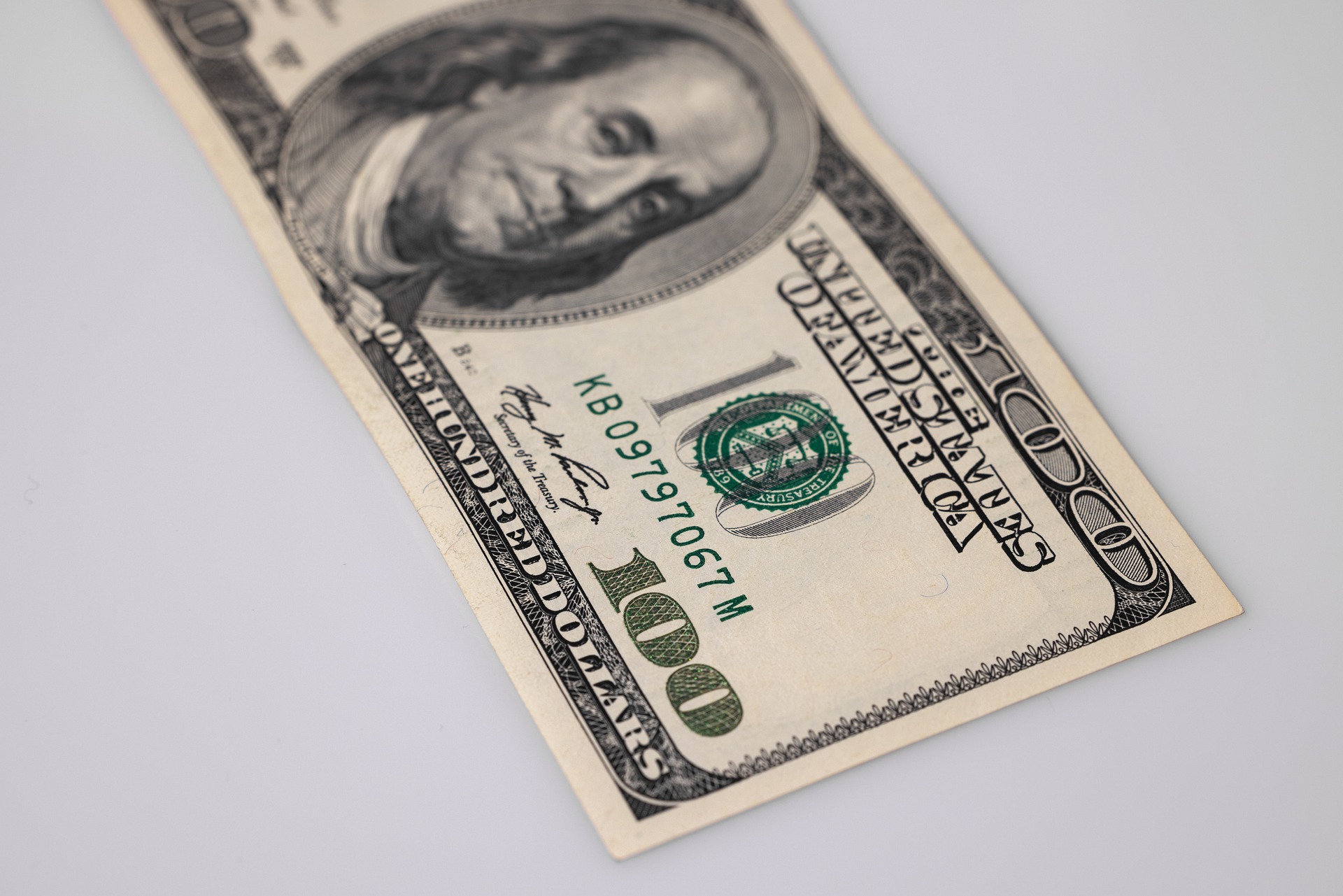
29 Dec I was taxed twice on my retirement withdrawal. What can I do?
Photo: pixabay.comQ. I’ve been taking Required Minimum Distributions (RMD) for about seven years from an IRA created from a 401(k) rollover when I left a job 30 years ago. I made voluntary after-tax contributions to the 401(k) while I was employed but could not find proof. I recently found a statement indicating I contributed approximately $18,000 in after-tax money to the 401(k). Because the pre-tax and after-tax have been lumped together in the IRA and I’ve been taxed on the total amount in my RMDs, is there anything I can do to not pay tax on the after-tax part going forward and to get a refund on the after-tax part I’ve paid over the last seven years?
— Taxed twice
A. Many people come to that same realization after they’ve paid the tax bill on distributions.
All is not lost.
Let’s start with how you can figure out your pre- and after-tax contributions.
You need to compare your full contribution amount to the amount of pre-tax contributions allowed for that given year, said Atiq Ahmed, an Enrolled Agent and owner of Edison Tax Group in Edison.
That was $18,500 in 2018, $19,000 in 2019 and $19,500 in 2020 and 2021.
“If you didn’t have any catch-up contributions for those 50 and older, any contributions in excess of the annual contribution limit are made post-tax,” he said. “You want to focus on those amounts and make sure those are not taxed again.”
To make sure you’re not taxed twice, you need to find your Form 1099-R, Ahmed said, calling the form “very important.”
“Typically, this form is issued by the end of January by your provider,” he said. “It reports your distributions of over $10 from annuities, profit-sharing plans, retirement plans, IRAs, insurance contracts or pensions.”
If you have an online account with your provider, start there to get copies of the form for prior years.
Ahmed said the pre-and post-tax contributions are typically listed on this form in Boxes 1 and 5.
“Box 1 reports gross distribution before income tax or other deductions were withheld while box 5 reports employee contributions/designated Roth contributions or insurance premiums employee may recover tax free, meaning this is post-tax,” he said.
As for a refund of taxes already paid, you can apply for a refund by amending your past tax returns as long as the statute of limitation hasn’t expired, Ahmed said.
“It’s three years from the time they filed their return or two years from the time the tax was paid, whichever expires later,” he said.
Email your questions to Ask@NJMoneyHelp.com.
This story was originally published on Dec. 29, 2021.
NJMoneyHelp.com presents certain general financial planning principles and advice, but should never be viewed as a substitute for obtaining advice from a personal professional advisor who understands your unique individual circumstances.

